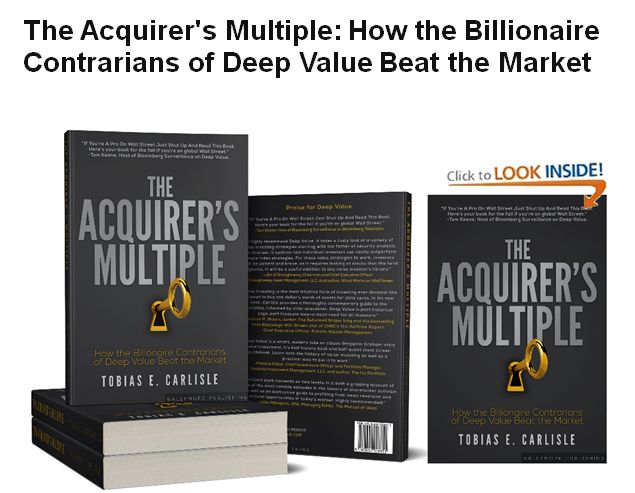Warren Buffett’s investment track record is legendary, but what’s even more remarkable is how consistent his core philosophy has remained over the decades. At a University of Kansas Q&A in 2005, Buffett shared insights that are as relevant today as they were in his early investing days.
Reflecting on his best years, Buffett stated, “The best decade was the 1950s; I was earning 50% plus returns with small amounts of capital. I could do the same thing today with smaller amounts.” This statement is a reminder that the greatest opportunities often exist where few are looking.
Buffett emphasized the importance of turning over a lot of rocks to find undervalued opportunities, a strategy that remains just as effective in today’s market. “You have to find the companies that are off the map—way off the map.”
He highlighted a prime example: Western Insurance Securities, which was trading for $3 per share while earning $20 per share. These kinds of mispricings exist, but only for those willing to do the work to uncover them.
The lesson here is clear: investors with smaller capital bases can often outperform larger funds because they have access to opportunities that are simply too small for institutional money to consider.
Buffett acknowledged this himself, saying, “Having a lot of money to invest forced Berkshire to buy those that were less attractive. With less capital, I could have put all my money into the most attractive issues and really creamed it.”
Some of the most incredible bargains in his career were hidden in plain sight: “Genesee Valley Gas, a public utility trading at a P/E of 2, GEICO, Union Street Railway of New Bedford selling at $30 when $100/share was sitting in cash, high-yield position in 2002.” No one handed him these ideas—”You have to find them.”
Even as he acknowledges his declining returns due to Berkshire Hathaway’s size, Buffett leaves a crucial takeaway for individual investors: “Money gets to be an anchor on performance.” While large funds face limitations on where they can invest, smaller investors have the freedom to capitalize on inefficiencies.
Buffett’s wisdom is a reminder that opportunity still exists for those willing to search for it. His strategy of seeking out underappreciated, high-value investments remains timeless, and as he firmly stated, “The answer is still yes today that you can still earn extraordinary returns on smaller amounts of capital.”
For those of us navigating today’s market, the challenge is clear: turn over the rocks, find what others overlook, and act decisively. Buffett did it in the 1950s, and there’s no reason it can’t be done today.
You can read notes from the Q&A session here:
Warren Buffett – University of Kansas Q&A (valueplays.net)
For all the latest news and podcasts, join our free newsletter here.
Don’t forget to check out our FREE Large Cap 1000 – Stock Screener, here at The Acquirer’s Multiple:



